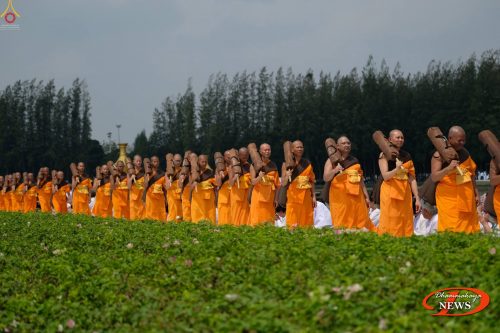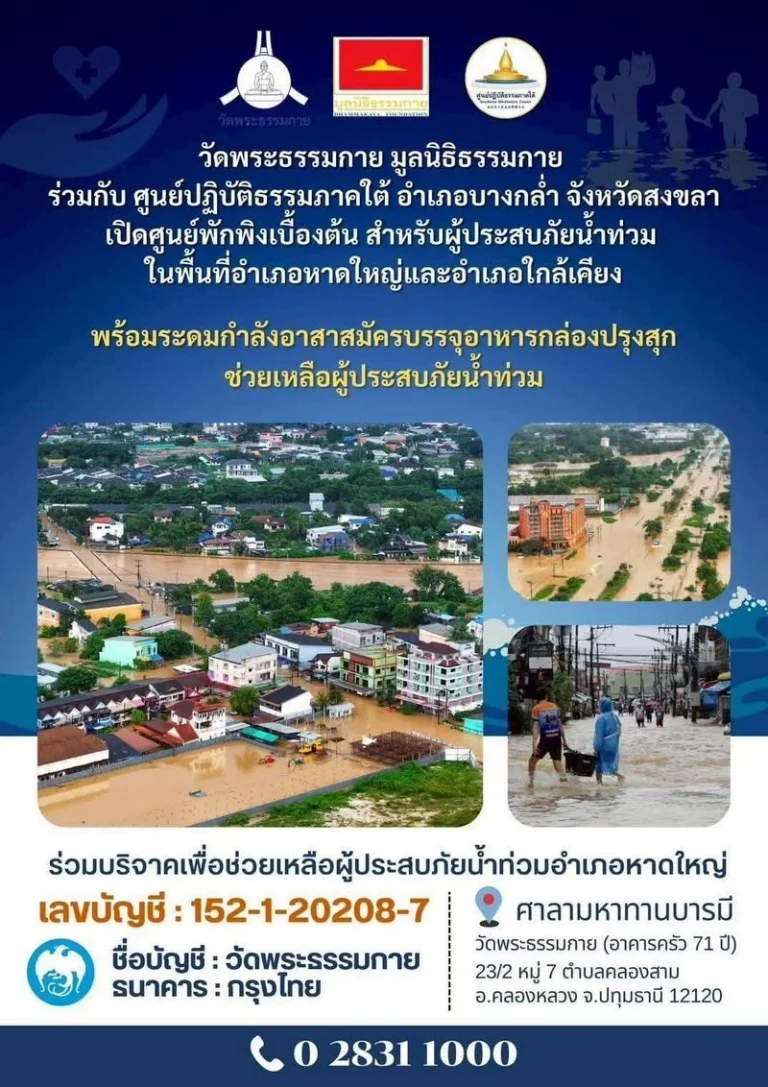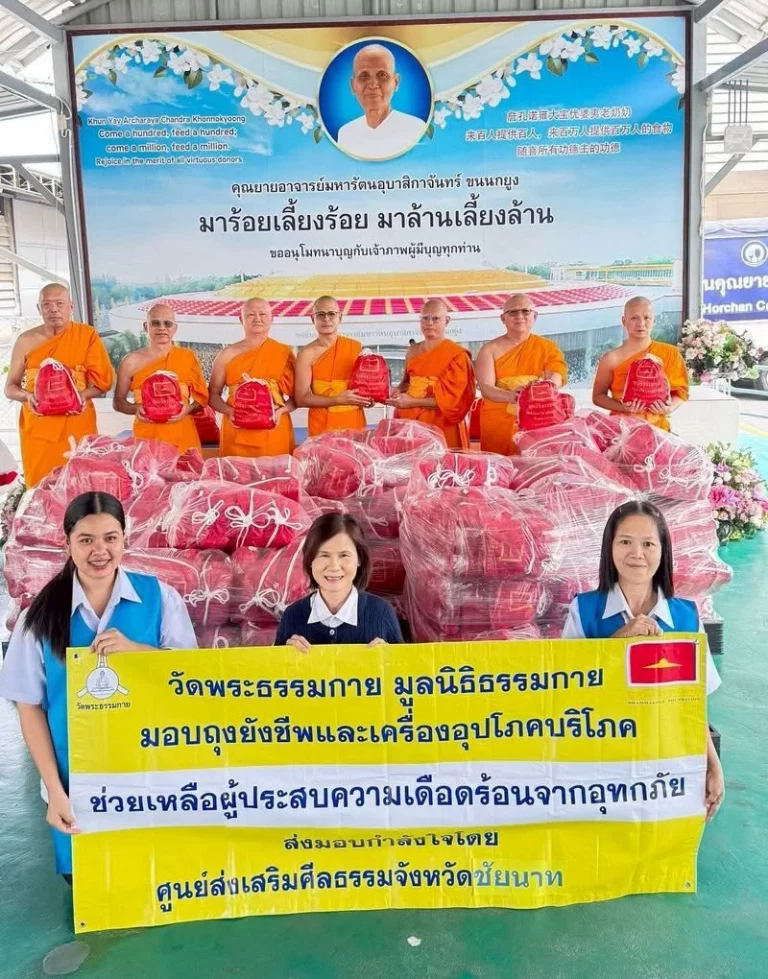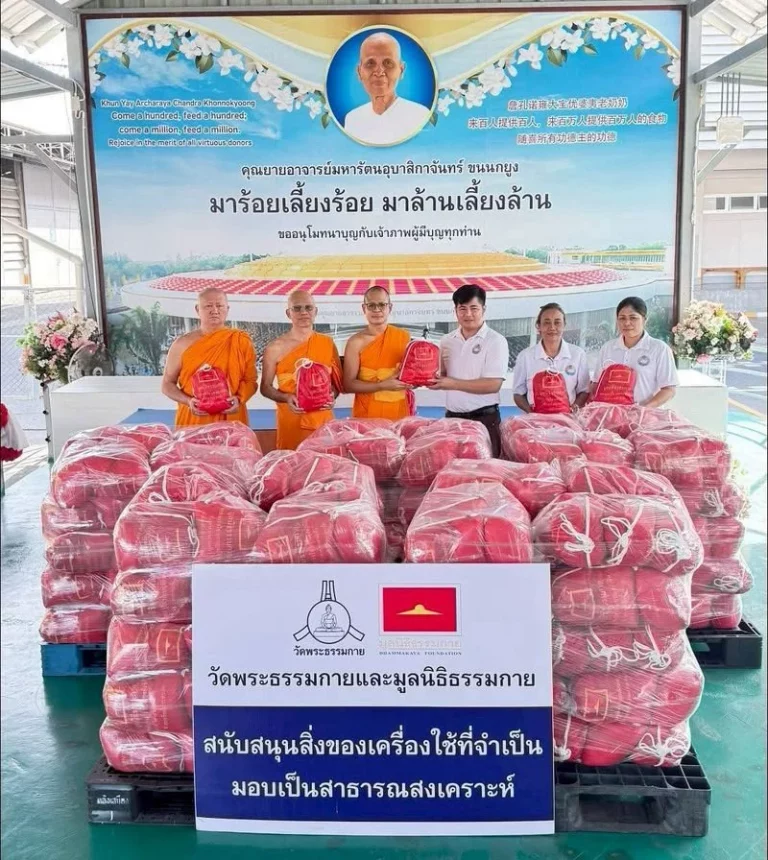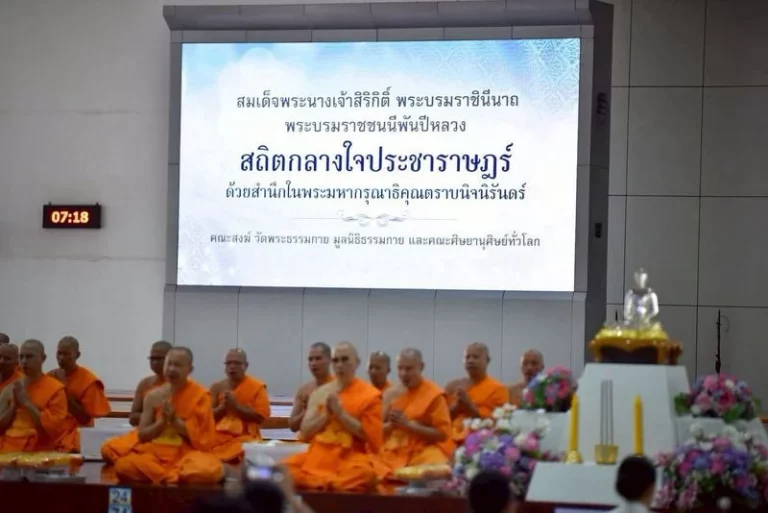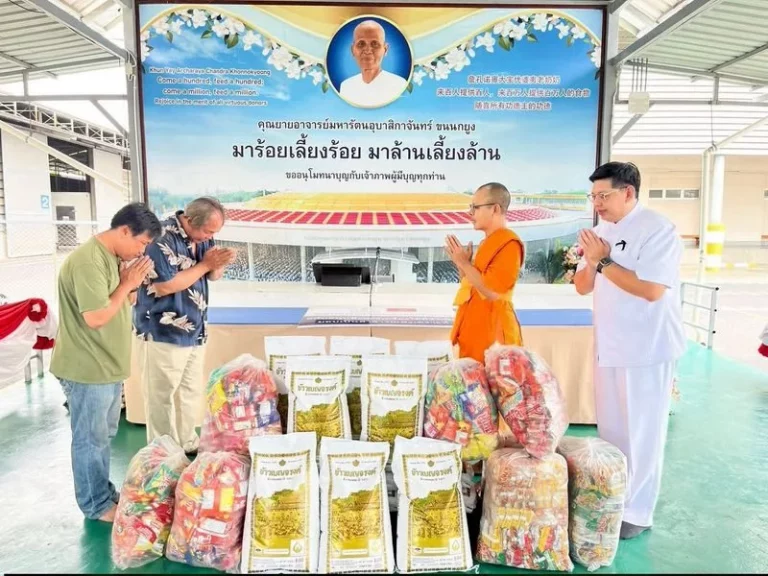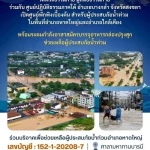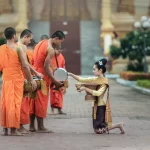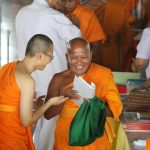A procession of 1,134 Dhammayatra monks retracing the path significant to the life of the Great Master Phramongkolthepmuni (Sodh Candasaro)
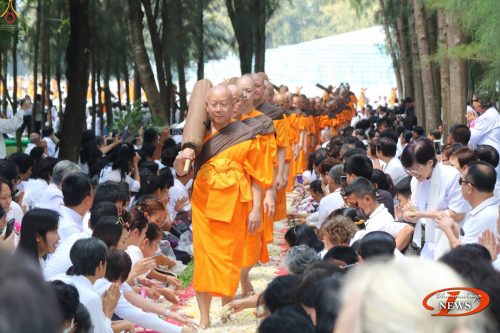
When a person ordains as a Buddhist monk, he must undergo training to cultivate discipline, respect, and tolerance. Dhammayatra is one of several activities for a newly ordained monk to train himself.
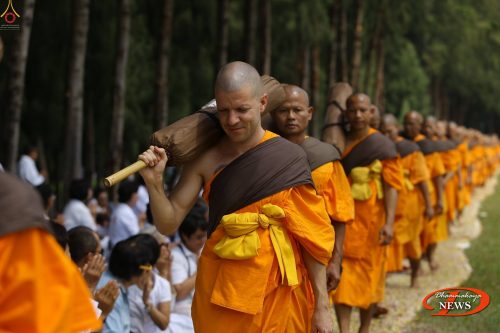
The word “Dhammayatra” is derived from the words “Dhamma” and “Yatra.” “Dhamma” means goodness while “Yatra” means proceeding or progressing. Dhammayatra, therefore, means proceeding with Dhamma or departing with Dhamma. This essentially refers to the procession of a large group of Buddhist monks walking on foot to different areas to spread virtues by means of conquering defilements with the teachings (Dhamma) of the Buddha.
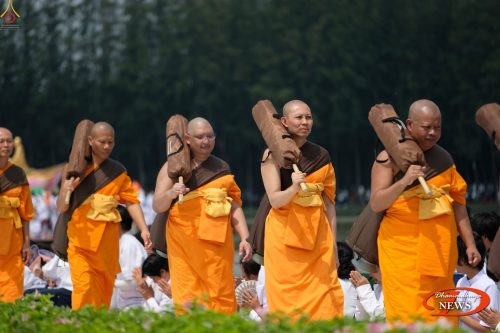
The 6th Dhammayatra Project takes place from March 2nd to the 31st of 2018 and has 1,134 Buddhist monks taking part in it. Throughout the Dhammayatra path, the lay public will have a chance to pay their respects as well as line the path with flower petals as a way to pay homage to the Triple Gem. The sight of a procession of such a large group of monks walking peacefully in unison will strengthen one’s faith and inspire those without faith to develop faith.
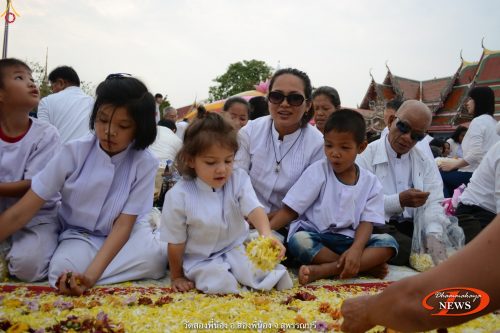
The act of paving the path with flowers by people with great faith in the Buddha have also occurred during the time of the Buddha as recorded in the Tipitaka. One specific incident took place during a time when Vaishali city was experiencing great calamity. People were experiencing intense sufferings and the death toll was exceptionally high. During that time, the Buddha was invited to visit Vaishali city. As He and the 500 monks departed Rajgir, King Bimbisara prepared a path of about 80 kilometers filled with flags and banners, flowers of five different colors, tiered parasols, and other flowers. Residents also came out to clear the road and to decorate it with delicate garlands and line it with flower petals of ten colors to welcome the Buddha.
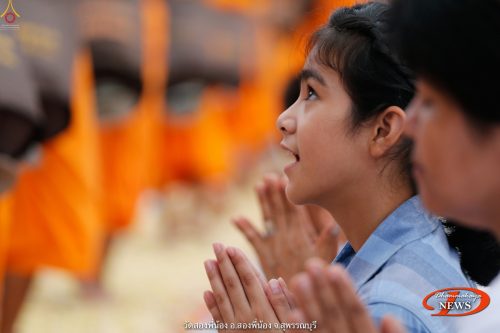
Throughout this Dhammayatra Project, not only will the monks have a chance to train themselves, but they will also have the opportunity to recollect the immense compassion of the Great Master Phramongkolthepmuni (Sodh Candasaro), the re-discoverer of the Dhammakaya Meditation technique. The Great Master, overflowed with virtues and abilities, led his virtuous life in the footsteps of the Buddha. He continuously trained himself, gave Dhamma lessons, and taught people to meditate in order to attain Dhammakaya. Eventually, both Thais and foreigners who followed his teachings discovered for themselves the true goal of life and felt confident that Buddhism was their highest refuge.

